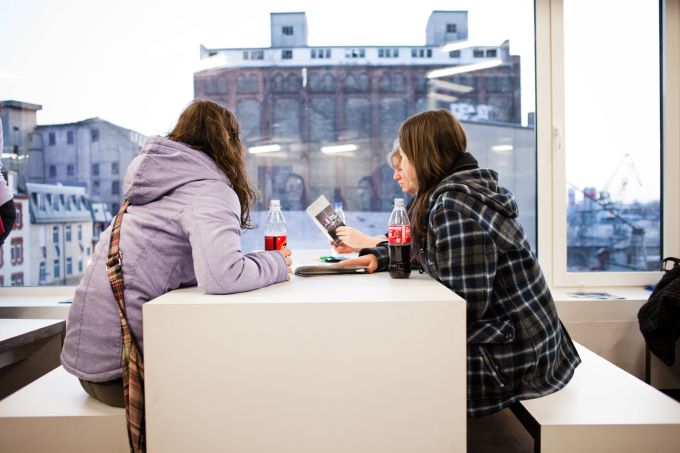Zero emissions, reduced stress, a fitter body and money saved are the most popular individual wishes for those who want a sustainable urban area to live in. One human-powered vehicle can make those wishes coming true in a medium size Romanian city like Timisoara. The 300K people living in this city cannot really complain about traffic jams; maybe a little bit during rush hour, but nothing compared with other European cities. Some of the streets and sidewalks were redesigned over the last decade, but it initially seemed they forgot to include something in the project plan: cycle routes.
Almost overnight in 2008, about 10 km of cycle paths appeared freshly painted on the sidewalks. This was pretty confusing. Neither pedestrians nor cyclists respected the limits of the paint at first, and the bells of the bicycles were frequently used. Since then, the city has created an additional 50 km of routes and, not surprisingly, most of them on the sidewalks.


43 cycle routes have been created so far. It is essential that people have proper infrastructure before they can truly think about no longer using the car for short urban journeys.

If you want to spend some hours continuously riding your bike, you have to watch out for the inconsistent routes; they can suddenly come to an end. Unless you are riding a mountain bike, you need to stop, climb off your bicycle, walk to the next trail and climb on again.

There are also some higher quality trails that are closer to the expectations of most people, though they cover only few miles. The segregated routes mean pedestrians are not bothered and the cyclists can easily ride safe on their path.


The year 2008 marked the beginning for two big events: “Green for bicycles,” the first official initiative for promoting alternative transportation and “European Mobility Week,” promoting car-free days. More than 35 events were organised for this purpose and had thousands of participants. The city is celebrating those days by transforming the streets and the main squares into large bike planes.



I was enjoying such an event on my bike for the first time in 2011. The weather was great, the streets of the downtown were completely closed for cars and I could simply not resist the temptation of biking in my very own city.
On the second day of European Mobility Week event I had to buy a bicycle. It was a crazy, sudden idea, contrary to what I had previously thought: that owning a bike as a citizen of Timisoara was pointless. Though it would take three times as long to get to my workplace if I commuted by bicycle, seeing so many people on their bicycles changed my mind, giving me an opportunity to see the recreational side of the story. They were enjoying their time on two wheels so much, moving freely around the city with no cost and no parking stress. Those two wheels allowed them to catch details of urban life they would never see any other way.
The year 2013 bring some great news for urban cyclists in Timisoara: 23 km of new cycle routes will be built, 300 bikes for self-sharing and (finally) a car-free, bike-friendly downtown. Also, we will hopefully witness the start of the long-awaited project of 37 km bike routes across the Bega river, which crosses the city and connects with the Serbian city of Zrenjanin. A project of such scale will undoubtedly draw the attention of tourists and citizens alike.

Timisoara has a lot of potential, mostly because of the many green areas and parks and of course, the bike-enthusiasts among the city’s population. The more people get out there on their bikes, the more people will want to ride themselves. And as the number of cyclists grows, the city will have more chances to be the proud owner of a proper infrastructure to promote alternative transportation.
Dana Fatol is a Finance and Human Resources professional who is passionate about finding simple and better ways to manage society. You can follow her on Twitter.


